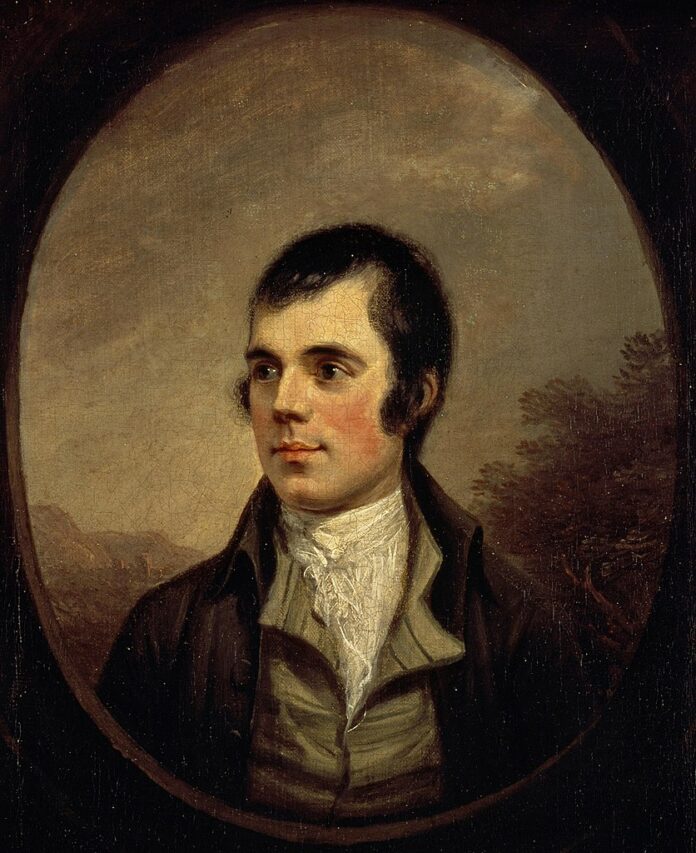Soon after the clocks strike midnight at New Year’s Eve celebrations throughout the world, there’s a good chance one particular song was played — a song about reflecting on days long ago and friendships enjoyed.
Even if you don’t know the words to the song, you’ll likely recognise the tune. It is, of course, Auld Lang Syne — a simple Scottish folk song, full of words most of us have never seen before or can understand yet it is one of the world’s most recognizable songs and sung by millions of people on New Year’s Eve.
Written by Robert Burns, Scotland’s national bard, the song is customarily associated with welcoming in a new year whilst saying farewell to the old. It gained enormous popularity when Scots, who emigrated to Australia, New Zealand, the United States and Canada in the auld days, began singing it lustily at gatherings from New York to Sydney, Australia.
It’s now been translated into most every language in the world. The Japanese in particular took a penchant for the song. They changed a few words here and there, then introduced it into the school curriculum to be sung by schoolchildren at the end of each school day. I know so because my grandchildren attend Japanese summer school. It’s also popular in shopping malls, pubs and restaurants in Japan to mark closing time.
Burns was born to a poor farming couple in Alloway, Ayrshire. His cottage is still there and a bit of a tourist attraction. He was a handsome devil and popular with the lassies. At age 15, he penned his first verse, “My Handsome Nell,” an ode to women and whiskey.
He died in his 30s in 1796 but he’s still remembered today. Fondly known as Rabbie, every January 25, in tribute to his works and the anniversary of his birth, Scots both at home and abroad honor the haggis, laddies, lassies and the amber nectar.
Known as “Burns Suppers,” celebrations are held in such faraway places as Thailand, South Africa, Nepal, Hong Kong, and even Myanmar. Undoubtedly, these gatherings would’ve made Rabbie proud.
What happens at the supper? The most important components are the friends who dress formally in clan tartan and gather for some lighthearted recitations of Burns’ poetry, partake of a wee dram or two, or three or four, of the amber nectar and honor the haggis. “Fair fa’ your honest, sonsie face, Great chieftain o’ the puddin’-race!
To put it succinctly, in cities around the world, people will gather to remember Robert Burns, drink more than their fair share of whisky, sing some very old songs in an unpronounceable dialect and read poetry to a savory pudding whilst being wooed by bagpipes.
Aye, it’s a grand time enjoyed by all!
Sue Quigley writes regularly for the Hernando Sun. She can be reached at [email protected] or at 727.247.6308.
Note: Haggis, Scotland’s national dish is also known as the great chieftain o’ the puddin’-race, and an important element of a traditional Burns Supper.

